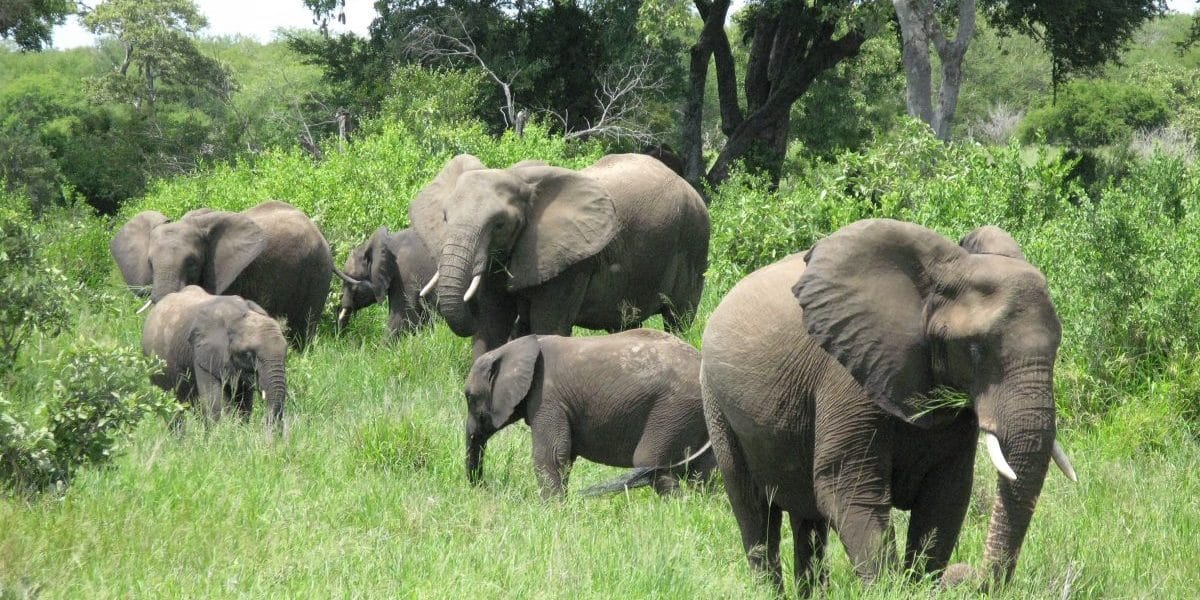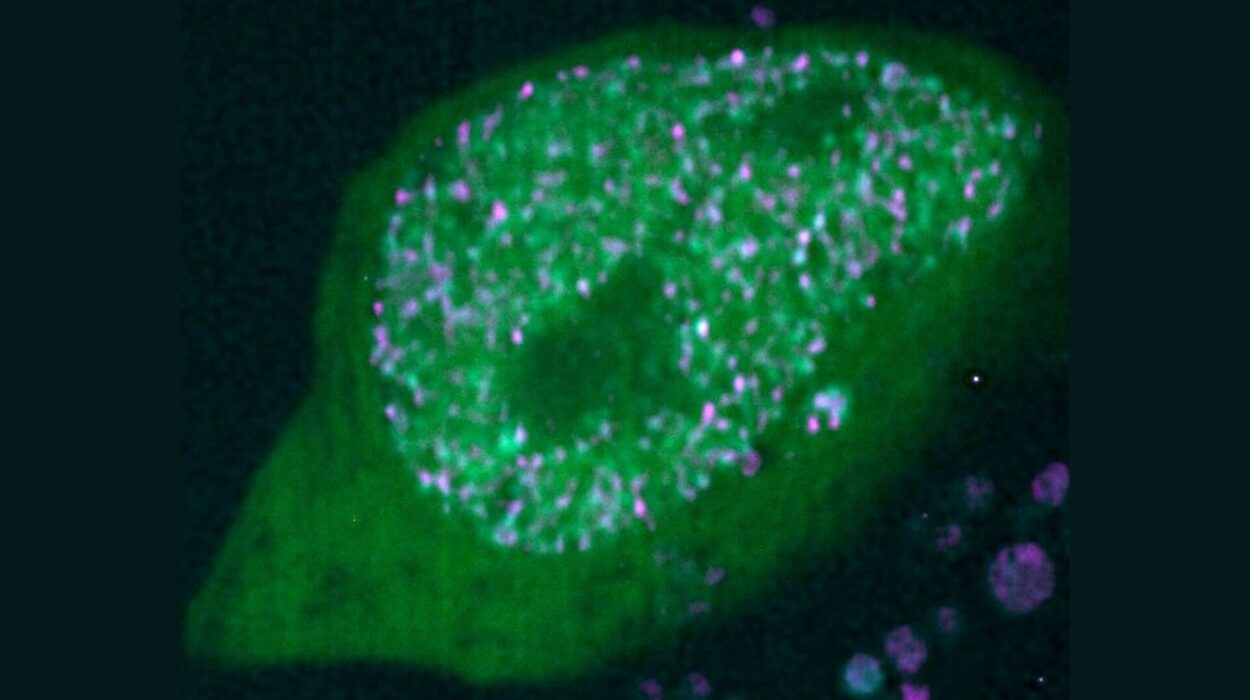In the sun-drenched grasslands of Africa and the dense forests of Asia roam the largest land animals on Earth—elephants. Towering, intelligent, and profoundly emotional, elephants have long captivated human imagination. They are symbols of wisdom in ancient mythologies, subjects of reverence in cultural rituals, and icons of strength in modern conservation. Yet beneath their imposing size lies something far more remarkable: a rich tapestry of social relationships and parenting strategies that rivals even our own.
To study elephants is to witness a society in motion—a world where cooperation trumps competition, where elder wisdom guides the young, and where grief, joy, empathy, and love are not abstract notions but lived experiences. The social structure of elephant herds is as intricate and layered as any human community, shaped by biology, tradition, memory, and emotion. At the center of it all is parenting—one of the most deeply embedded and fiercely protected values in elephant society.
In this article, we journey into the heart of elephant life, exploring the bonds that bind their herds, the roles individuals play within the group, the lifelong education of calves, and the extraordinary ways in which elephant families endure, adapt, and survive in a rapidly changing world.
Matriarchal Minds: The Power of Female Leadership
At the helm of every elephant herd is a matriarch—an experienced, older female who serves not only as the group’s leader but also as its memory keeper, decision-maker, and protector. The matriarch is the anchor of elephant society, a figure of immense knowledge and emotional intelligence honed through decades of life in the wild.
The elephant herd is predominantly composed of related females—mothers, daughters, sisters, and aunts—along with their offspring. Males, once they reach adolescence around the age of 12 to 15, gradually separate from the group and begin a more solitary or loosely social existence, though they continue to interact with herds during mating periods.
The matriarch’s leadership is not enforced by dominance or aggression but earned through trust and competence. Her primary responsibility is to lead the herd to food and water, a task that becomes especially critical during times of drought or scarcity. Studies have shown that older matriarchs make more effective decisions, often remembering the location of hidden waterholes from decades past or recognizing subtle cues in the environment that signal danger.
She is also the arbiter of social interactions, intervening in conflicts, guiding group movements, and teaching younger elephants how to navigate the complex social world. In many ways, she embodies the collective memory of the group—a living archive of knowledge passed down through generations.
The Web of Kinship: Bonds Beyond Biology
Elephant society is built on relationships that extend far beyond simple kinship. While most members of a herd are blood relatives, elephants also form enduring bonds with non-relatives. These friendships, often initiated in childhood, can last a lifetime. Elephants show a strong preference for certain companions, frequently touching, vocalizing, and spending time together in what scientists describe as affiliative behavior.
Touch plays a central role in elephant communication. Their trunks—a marvel of evolutionary engineering—are used not just for feeding and drinking but for caresses, greetings, and reassurance. A gentle trunk wrapped around a companion’s body is a sign of affection; a tap on the shoulder may signal readiness to move; a nudge can express encouragement or urgency.
Elephants are also remarkably cooperative. They assist each other during births, protect the young from predators, and work together to overcome obstacles. During a river crossing, for example, adults will position themselves around calves to ensure they are not swept away by the current. In moments of distress, elephants gather around a suffering companion, offering comfort through touch and low-frequency rumbles that are inaudible to human ears but deeply soothing within the herd.
These social bonds are not fleeting—they are forged over years of shared experience and emotional resonance. Elephants mourn their dead, returning to the bones of deceased relatives and standing silently over them. They remember friends long after they’ve parted ways and respond with unmistakable excitement upon reunion, sometimes after decades of separation. Such behaviors suggest a profound depth of feeling that challenges long-held assumptions about the emotional lives of non-human animals.
The Arc of Motherhood: From Birth to Adolescence
Few sights in nature are as stirring as that of a newborn elephant taking its first unsteady steps. Elephant calves are born after an extraordinary gestation period of 22 months—the longest of any mammal. At birth, they weigh around 100 kilograms and are completely dependent on their mothers for nourishment, protection, and guidance.
Mother elephants are intensely devoted, nursing their calves for up to five years and remaining physically close to them throughout early development. But motherhood in elephants is not a solitary endeavor. In the rich social structure of the herd, parenting is a collective responsibility. Aunts, older siblings, and even unrelated females often serve as “allomothers”—helpers who babysit, teach, and protect the young. This system of cooperative care not only lightens the burden on the mother but also provides the calf with a broader array of social experiences and role models.
Allomothering is especially important in the early weeks of life when calves are most vulnerable. The constant attention of multiple caregivers ensures that calves are rarely left unattended. Older juvenile females often take on these roles, learning valuable parenting skills that will serve them when they have calves of their own. This form of social apprenticeship is a cornerstone of elephant development.
Elephant mothers communicate with their calves through a complex array of vocalizations, body language, and tactile cues. Calves respond to their mother’s voice from birth and quickly learn to interpret her intentions and emotions. The strength of the mother-calf bond is immense, and calves suffer profoundly when separated from their mothers—a fact tragically exploited in the illegal wildlife trade and inhuman practices like calf capture for tourism.
The Language of Giants: Communication and Emotion
To understand elephant society is to grasp the significance of their communication—an intricate blend of sight, sound, scent, and touch. Elephants produce a wide range of vocalizations, from trumpets of excitement to deep rumbles of reassurance. Some of these sounds travel over long distances, allowing elephants to coordinate movements or locate distant members of their herd.
But beyond practical messages lies a language rich in emotion. Elephants can express joy, anger, fear, and grief. They greet each other with elaborate displays, touching trunks and emitting joyful rumbles. When a calf is in distress, the entire herd may react with alarm, forming a protective circle and vocalizing in unison.
Scent also plays a critical role. Elephants possess an acute sense of smell and use chemical cues to identify individuals, detect reproductive status, and assess emotional states. Dung and urine carry vital information that elephants interpret with astonishing sensitivity. When encountering the scent of a long-lost relative, elephants may show unmistakable signs of recognition—pausing, sniffing, and rumbling with apparent emotion.
These modes of communication serve not only to convey information but to sustain the emotional fabric of elephant society. They are tools of connection, empathy, and trust. In this light, elephant herds are not merely groups of animals moving in coordination—they are families united by feeling and understanding.
Male Adolescence and the Challenge of Independence
While female elephants remain within their natal herds for life, males face a very different trajectory. Around the age of 12 to 15, young bulls begin to spend increasing time on the periphery of the group. This transition is not sudden or harsh; it is gradual, allowing the young male to adjust to a more independent existence.
Eventually, males leave the herd entirely, entering a new social world where they must navigate unfamiliar dynamics. Although often described as solitary, male elephants are far from antisocial. They form loose associations with other bulls, particularly in adolescence, where older males take on mentoring roles. These “bachelor herds” serve as important training grounds where young males learn about dominance, mating behavior, and conflict resolution.
In mature bulls, a period of heightened aggression and hormonal activity known as musth occurs annually. During musth, testosterone levels can increase by up to 60 times, making the male more competitive and sexually active. Musth bulls actively seek out estrous females, often engaging in ritualized combat with rivals.
Despite the intense competition, aggression is carefully modulated by a well-developed system of body language and mutual assessment. Physical confrontations are rare and usually reserved for evenly matched opponents. In this way, male elephants maintain a delicate balance between competition and social tolerance—a reflection of the broader ethos of elephant society.
Teaching the Next Generation
Education in elephant society is not confined to instincts or trial-and-error. It is a deliberate, communal process that unfolds over years. Calves learn where to find water, how to use tools like branches to swat flies, how to navigate terrain, and how to interpret social cues. Much of this learning happens through observation and imitation.
Play is a vital component of elephant childhood. Calves engage in mock battles, trunk wrestling, and chase games that help develop physical coordination and social skills. These playful interactions are not frivolous; they are the rehearsals of adulthood. Through play, young elephants learn the boundaries of acceptable behavior, develop emotional intelligence, and form lasting friendships.
Adults often intervene to correct inappropriate behavior or mediate conflicts, showing that discipline and guidance are integral to the herd’s educational system. The slow maturation of elephants—calves may not reach full independence until their teens—reflects the importance of extended learning and the complexity of the skills they must acquire.
This long developmental period also underscores the fragility of elephant populations. When older elephants are killed—especially matriarchs—the loss of accumulated knowledge can have devastating effects on the herd’s ability to survive. In areas of high poaching pressure, herds composed of younger, inexperienced individuals have been shown to make poor decisions, suffer higher mortality rates, and experience social breakdown.
Grief, Memory, and the Soul of Elephant Society
Among the most extraordinary aspects of elephant behavior is their response to death. Elephants mourn their dead in ways that appear deeply emotional and strikingly human. When a herd encounters the bones of a deceased member—especially a relative—they often pause, investigate the remains, and show signs of distress. They may touch the bones gently with their trunks, linger in silence, or vocalize softly.
There are documented cases of elephants revisiting the spot where a loved one died, even years later. Calves who lose their mothers exhibit signs of depression, lethargy, and social withdrawal. Adult elephants have been seen standing vigil over a dying companion, offering comfort and remaining by their side for hours or days.
These behaviors suggest not only a capacity for grief but also an enduring sense of memory and connection. For elephants, the dead are not forgotten—they remain part of the emotional landscape of the living. In a society where every relationship matters, where every individual is known and valued, loss is deeply felt and collectively mourned.
Threats to the Herd: Human Impact and Social Disruption
The social fabric of elephant society is incredibly resilient—but not indestructible. Human activities have placed immense pressure on elephant populations, disrupting their traditional ways of life in profound and often irreversible ways.
Habitat loss, driven by agriculture, infrastructure, and deforestation, has fragmented elephant ranges and forced herds into conflict with people. Encounters with humans often turn deadly, for both sides. Elephants raid crops in desperation; communities respond with violence. In such confrontations, family members may be killed, calves orphaned, and social groups torn apart.
Poaching, fueled by the illegal ivory trade, targets the very elephants most crucial to the herd’s survival—mature adults and matriarchs. The psychological trauma of poaching extends beyond the immediate loss. In regions with high poaching rates, young elephants raised without adequate adult guidance have exhibited abnormal behavior: heightened aggression, social withdrawal, and poor parenting skills.
In captivity, elephants suffer from social deprivation and psychological distress. Many are kept alone or in artificial groupings that lack the complexity and stability of wild herds. The absence of social learning opportunities can lead to severe mental health issues, including stereotypic behaviors like swaying, pacing, or self-harm.
Yet, there is hope. Conservation initiatives that prioritize not just numbers but the preservation of social structures are gaining momentum. Sanctuaries, anti-poaching patrols, habitat corridors, and community-based conservation programs are helping protect the intricate social worlds that elephants depend on.
The Enduring Lesson of Elephant Society
In the final analysis, elephants are not simply animals to be counted or studied in isolation. They are members of ancient, intelligent, emotionally rich societies that rival our own in complexity. Their families are shaped by love, sacrifice, teaching, and memory. Their parenting is a testament to devotion and patience. Their herds are not just survival units—they are communities of care, continuity, and compassion.
To understand elephants is to be reminded of what it means to live in relationship—with others, with memory, with the world. As we face a future increasingly defined by fragmentation and loss, the wisdom of the elephants has never been more relevant.
We share the Earth with a species that grieves, remembers, mentors, and protects. Their lives are not so different from our own. And perhaps, in saving them, we rediscover the better parts of ourselves.






